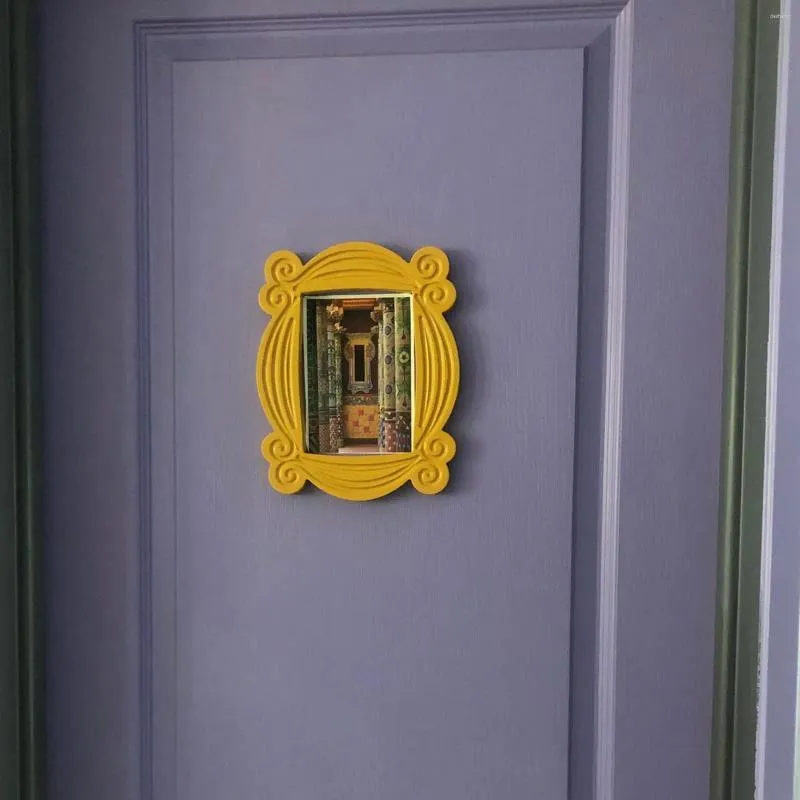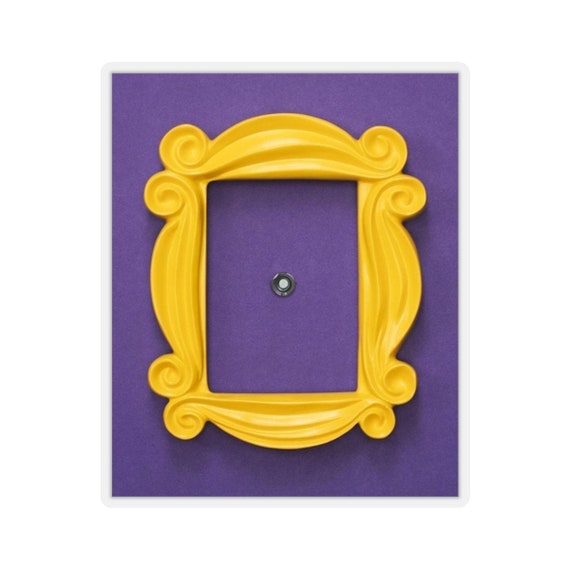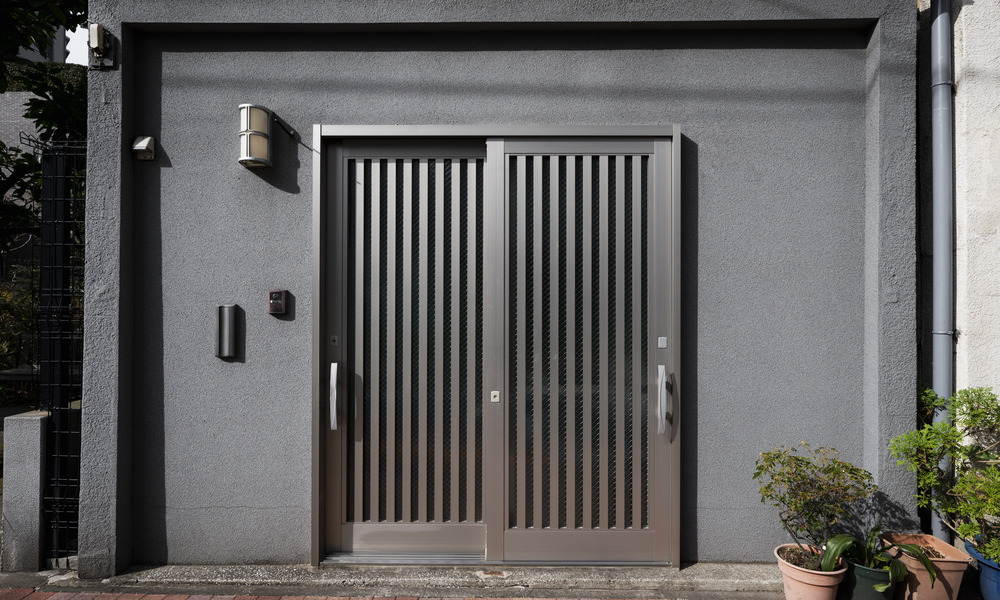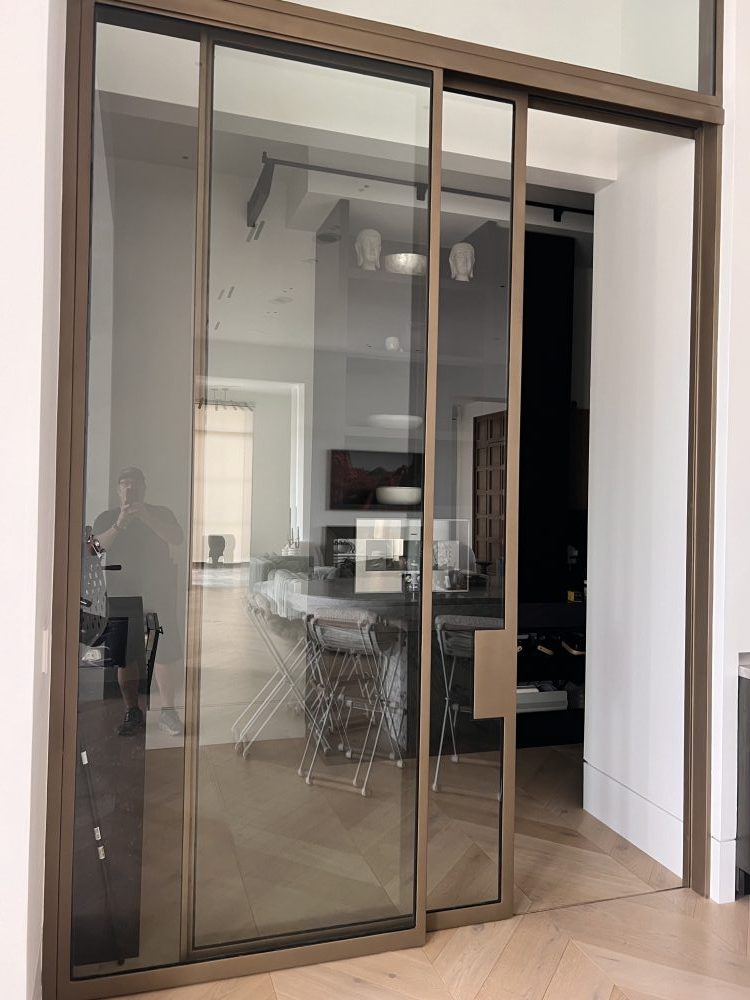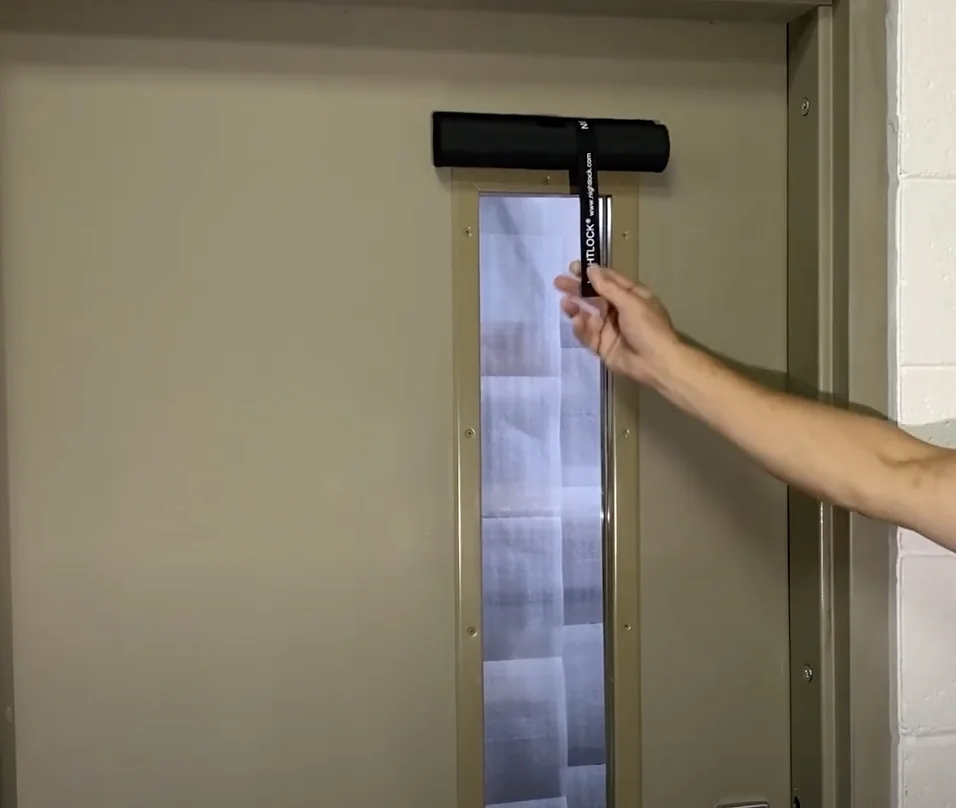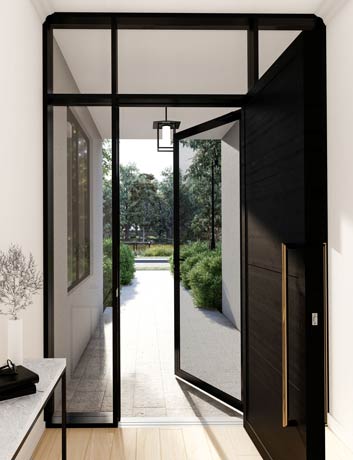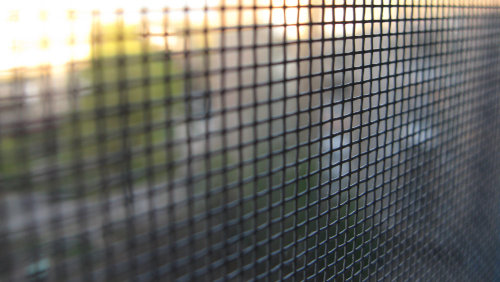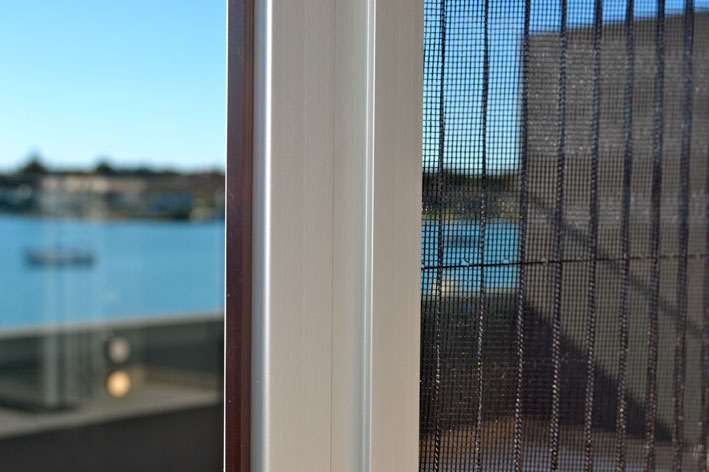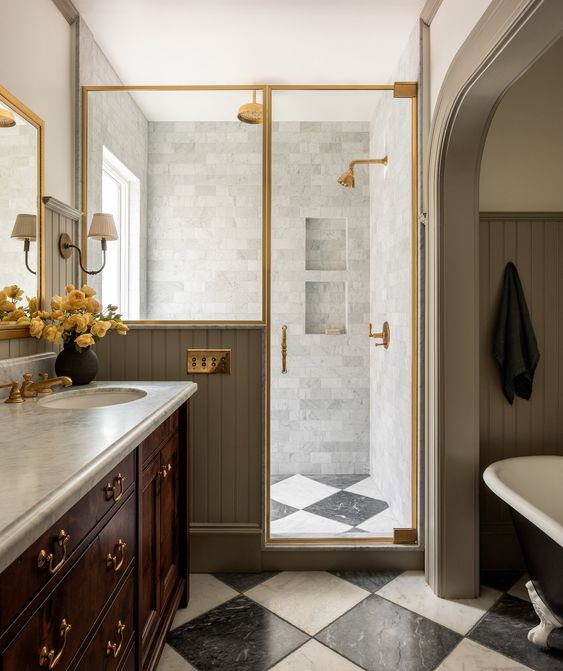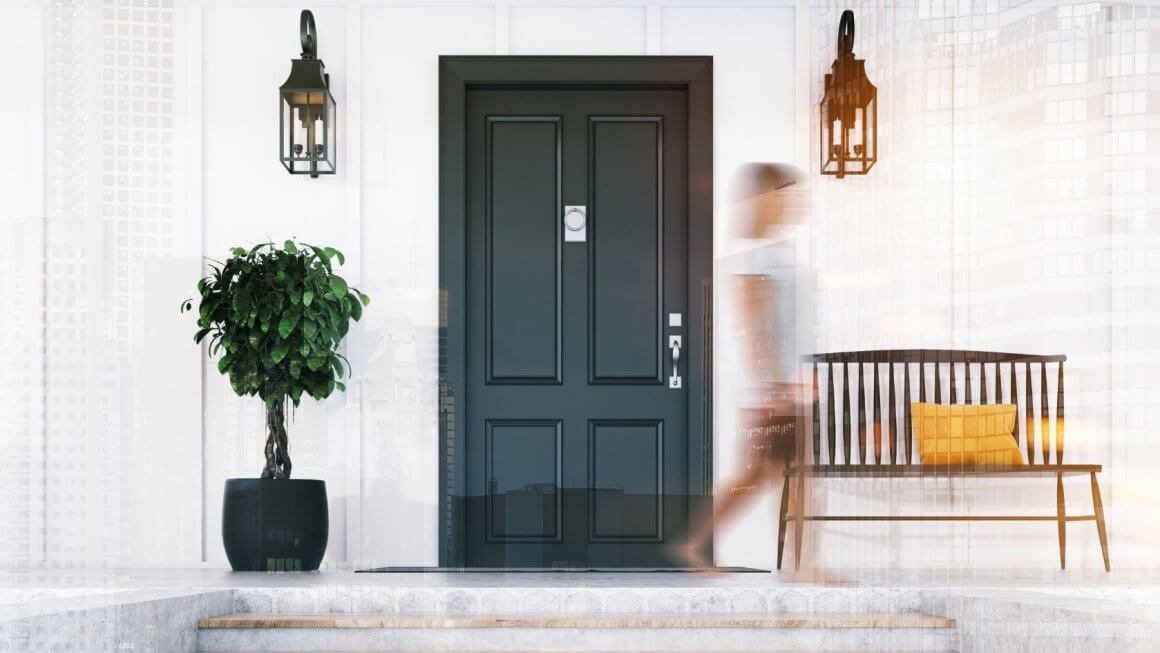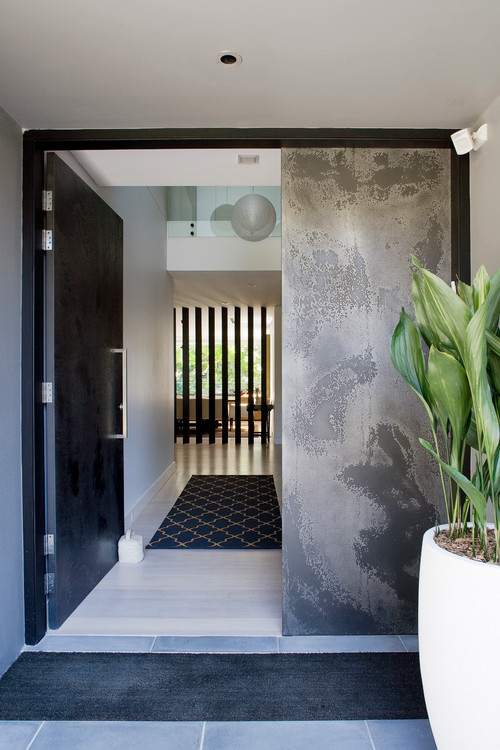
A well-installed bathroom window can transform your space, providing natural light and ventilation while enhancing privacy. Whether you’re renovating or simply replacing an old window, understanding the process of bathroom window installation is crucial. This guide covers everything from choosing the right window to DIY tips and professional installation advice.
Why Install a Bathroom Window?
Bathrooms are often humid environments, making proper ventilation essential. Here’s why a window is a valuable addition:

- Natural Light: Reduces the need for artificial lighting, saving energy.
- Ventilation: Prevents mold and mildew growth by circulating air.
- Privacy: Frosted or textured glass options maintain privacy while allowing light.
- Aesthetics: Enhances the look and feel of your bathroom.

Types of Bathroom Windows
Choosing the right type of window depends on your bathroom’s size, layout, and personal preferences. Here are some popular options:
1. Awning Windows

Awning windows are hinged at the top and open outward, providing excellent ventilation even during light rain. They are ideal for maintaining privacy while allowing airflow.





